Unlocking the Future of Manufacturing Through Laser Machining Innovations and Trends
The advent of laser machining has revolutionized the manufacturing landscape, unlocking new potential for precision and efficiency. According to a recent industry report by MarketsandMarkets, the global laser machining market is projected to reach $7.85 billion by 2025, growing at a CAGR of 7.6%. This rapid growth highlights the increasing adoption of laser technology across various sectors, including automotive, aerospace, and electronics.
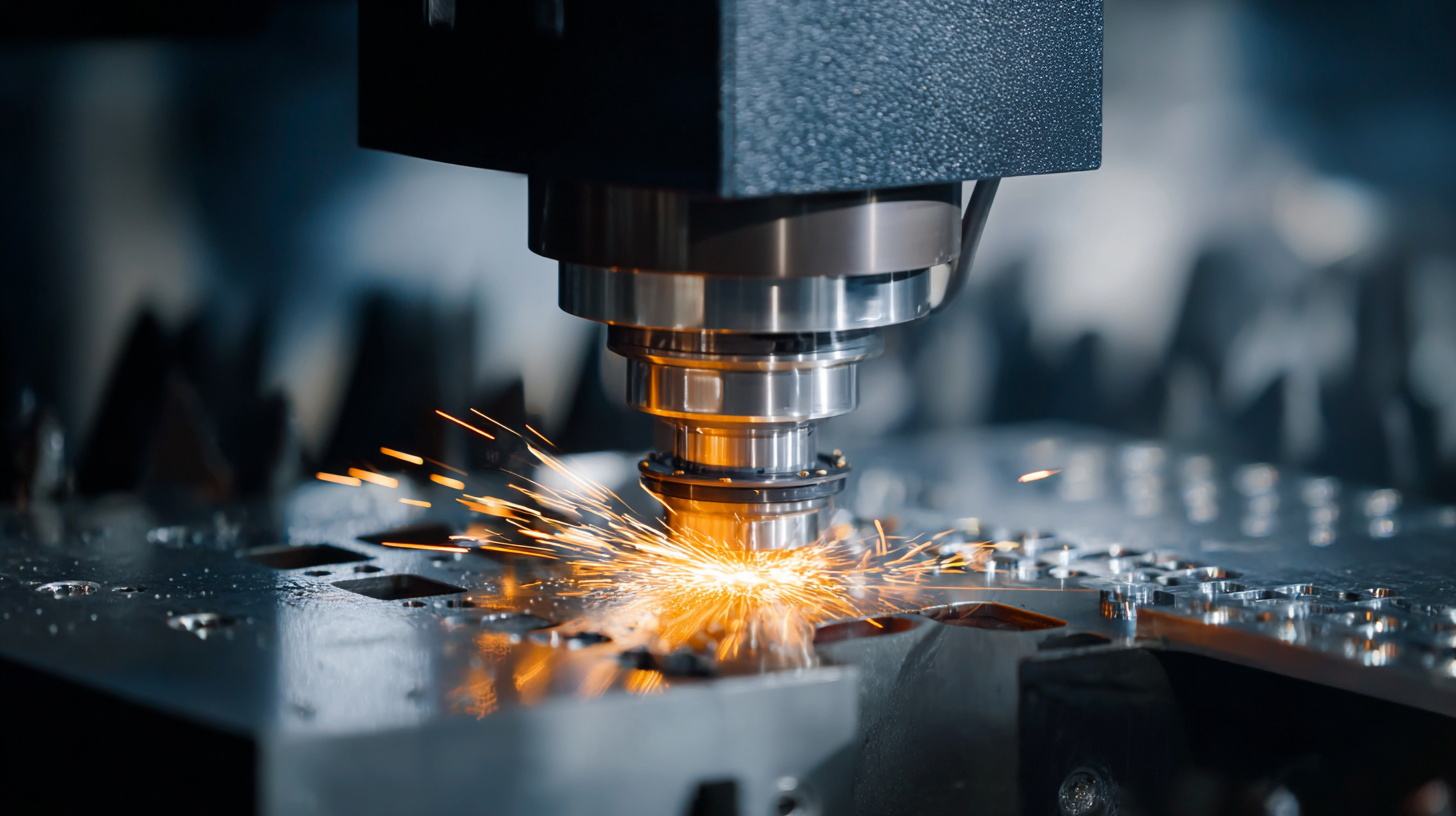
Laser machining offers unparalleled advantages such as minimal thermal distortion and superior surface finishes, making it a preferred method for complex component fabrication. As manufacturers seek to enhance productivity and reduce costs, the integration of advanced laser machining techniques is becoming paramount. This article explores the latest innovations and trends in laser machining, shedding light on how businesses are leveraging this technology to drive efficiency, reduce waste, and ultimately unlock the future of manufacturing.
The Evolution of Laser Machining: From Traditional Techniques to Modern Applications
The evolution of laser machining has transformed the manufacturing landscape significantly over the past few decades. Initially, laser cutting was primarily focused on the processing of metals in large industrial plants, utilizing CO2 lasers for their reliability and efficiency. According to a report by MarketsandMarkets, the global laser processing market is projected to reach $16.69 billion by 2026, showcasing the growing importance of laser technologies across various applications, including automotive, aerospace, and electronics.
In recent years, advancements in fiber laser technology have enabled manufacturers to achieve higher precision and faster processing speeds, making laser machining a compelling choice for complex and intricate designs. This shift has led to a rise in the adoption of laser machining among small and medium-sized enterprises, with a significant increase in demand for customized products. A study published by Grand View Research estimates that the laser machining market will experience a compound annual growth rate (CAGR) of 5.5% from 2021 to 2028, driven by innovations in laser efficiencies and capabilities that enhance productivity and reduce operational costs in manufacturing processes.
Unlocking the Future of Manufacturing Through Laser Machining Innovations and Trends
| Dimension | Traditional Techniques | Modern Applications | Benefits |
|---|---|---|---|
| Materials Used | Metals, Plastics | Composites, Ceramics, Metals | Wide material compatibility |
| Processing Speed | Slow | Faster | Increased productivity |
| Energy Consumption | Higher | Lower | Reduced operational costs |
| Precision | Moderate | High | Improved product quality |
| Flexibility | Limited | Highly flexible | Adaptable to complex designs |
Key Innovations in Laser Technology Transforming Manufacturing Processes
Recent advancements in laser technology are revolutionizing manufacturing processes and enhancing efficiency across various industries. According to a report by MarketsandMarkets, the global laser machining market is projected to grow from $3.40 billion in 2020 to $5.89 billion by 2025, at a CAGR of 11.4%. This surge is primarily driven by the increasing demand for precise and high-speed processing capabilities that traditional machining methods struggle to deliver.
One of the key innovations shaping this landscape is the development of fiber lasers, which offer improved energy efficiency and longer operational lifespans compared to their CO2 counterparts. A study by ResearchAndMarkets highlights that fiber lasers have become the preferred choice for various applications, including cutting, welding, and engraving, due to their superior performance characteristics. With their ability to produce high-intensity beams, fiber lasers enable manufacturers to achieve intricate designs and enhance product quality while minimizing waste.
Additionally, the integration of advanced software and automation technologies with laser machining systems is set to further streamline manufacturing workflows. As reported by Grand View Research, the implementation of Industry 4.0 practices is facilitating real-time monitoring and data collection, which lead to smarter and more agile production processes. This combination of cutting-edge laser technology and intelligent manufacturing systems is unlocking new possibilities, ensuring that industries stay competitive in the rapidly evolving market.
Key Innovations in Laser Technology Transforming Manufacturing Processes
Impact of Laser Machining on Precision and Efficiency in Production
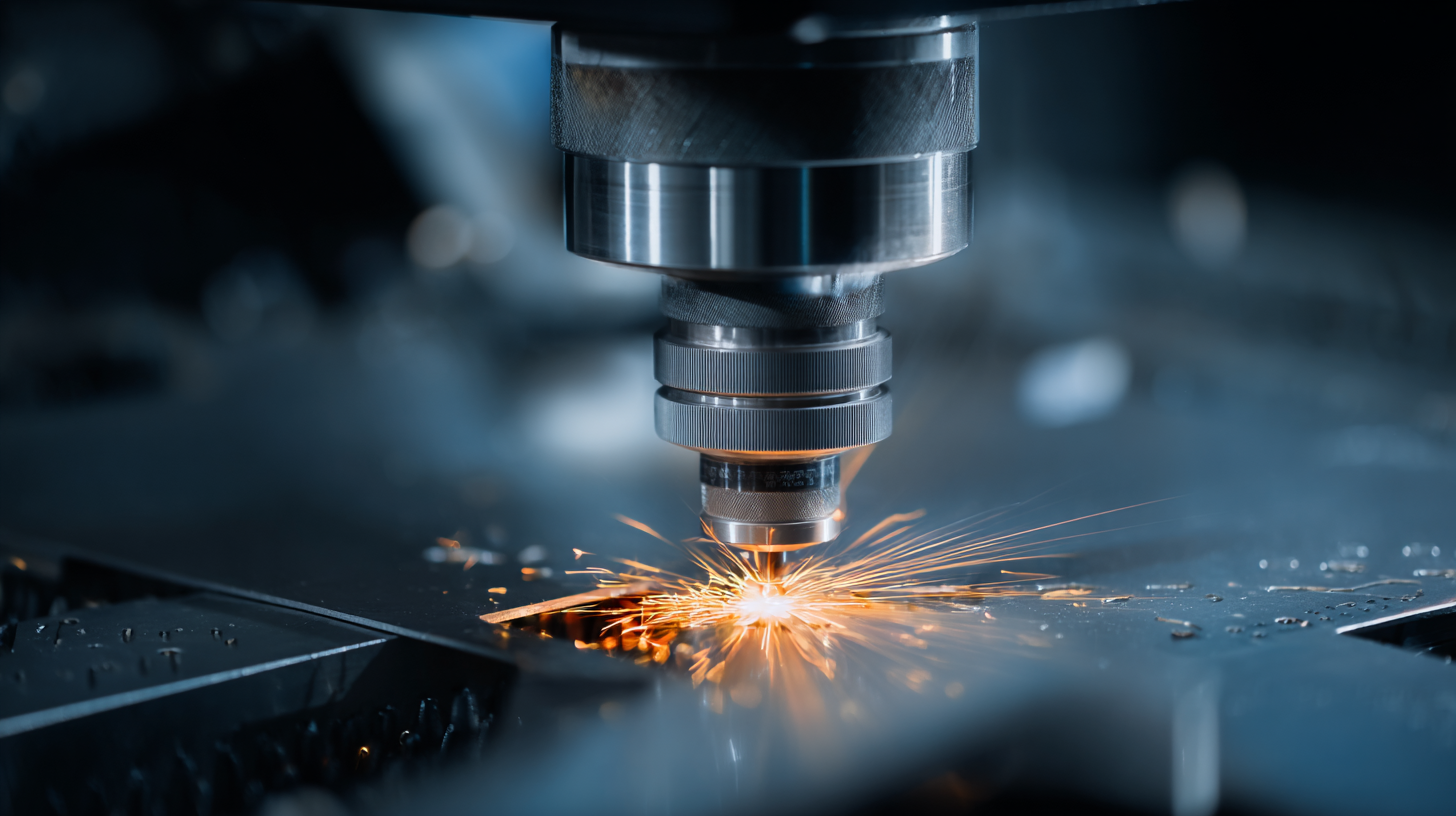 Laser machining has emerged as a transformative technology within the manufacturing sector, significantly impacting precision and efficiency in production. By utilizing focused laser beams, manufacturers can achieve intricate cuts and shapes with an unprecedented level of accuracy. This precision eliminates the need for extensive rework, thus streamlining the production process and reducing material waste. A prime example of this can be seen in industries such as aerospace and automotive, where tight tolerances are critical. The ability to consistently produce parts that meet exact specifications enhances the overall quality of products.
Laser machining has emerged as a transformative technology within the manufacturing sector, significantly impacting precision and efficiency in production. By utilizing focused laser beams, manufacturers can achieve intricate cuts and shapes with an unprecedented level of accuracy. This precision eliminates the need for extensive rework, thus streamlining the production process and reducing material waste. A prime example of this can be seen in industries such as aerospace and automotive, where tight tolerances are critical. The ability to consistently produce parts that meet exact specifications enhances the overall quality of products.
Moreover, the efficiency of laser machining systems contributes to shorter production cycles. The rapid cutting speeds of laser technology allow for high-volume manufacturing without sacrificing quality. As these systems can be easily integrated into existing production lines, they offer a versatile solution that can adapt to various manufacturing needs. Innovations in laser technology, such as fiber lasers and ultrafast lasers, have further improved energy efficiency, reducing operational costs and environmental impact. As companies strive to optimize their production processes, embracing laser machining can unlock significant competitive advantages in today’s fast-paced manufacturing landscape.
Market Trends: Growth Projections and Adoption Rates of Laser Machining Solutions
The laser machining sector is witnessing remarkable growth, driven by a surge in the global CNC machine market, which is projected to expand from $101.22 billion in 2025 to $195.59 billion by 2032, boasting a compound annual growth rate (CAGR) of 9.9%. This growth reflects an increasing demand for precision and efficiency in manufacturing processes, where laser machining stands out for its ability to deliver intricate and high-quality outputs. As industries embrace automation and advanced manufacturing technologies, laser solutions are becoming integral to enhancing productivity and optimizing material usage.
In the specific domain of precision laser engraving machines, the market is anticipated to reach approximately $6.67 billion by 2035, growing at a CAGR of 5.2%. This trend highlights the significant adoption of laser technologies not just for cutting, but also for engraving applications across various sectors. Furthermore, the micromachining equipment market is also poised for expansion, expected to rise from $3.30 billion in 2024 to $5.64 billion by 2033, showcasing an evolving landscape in manufacturing where laser technologies play a critical role in achieving the desired precision and complexity in products. The consistent upward trajectory in these markets underlines the pivotal role of laser machining innovations in shaping the future of manufacturing.
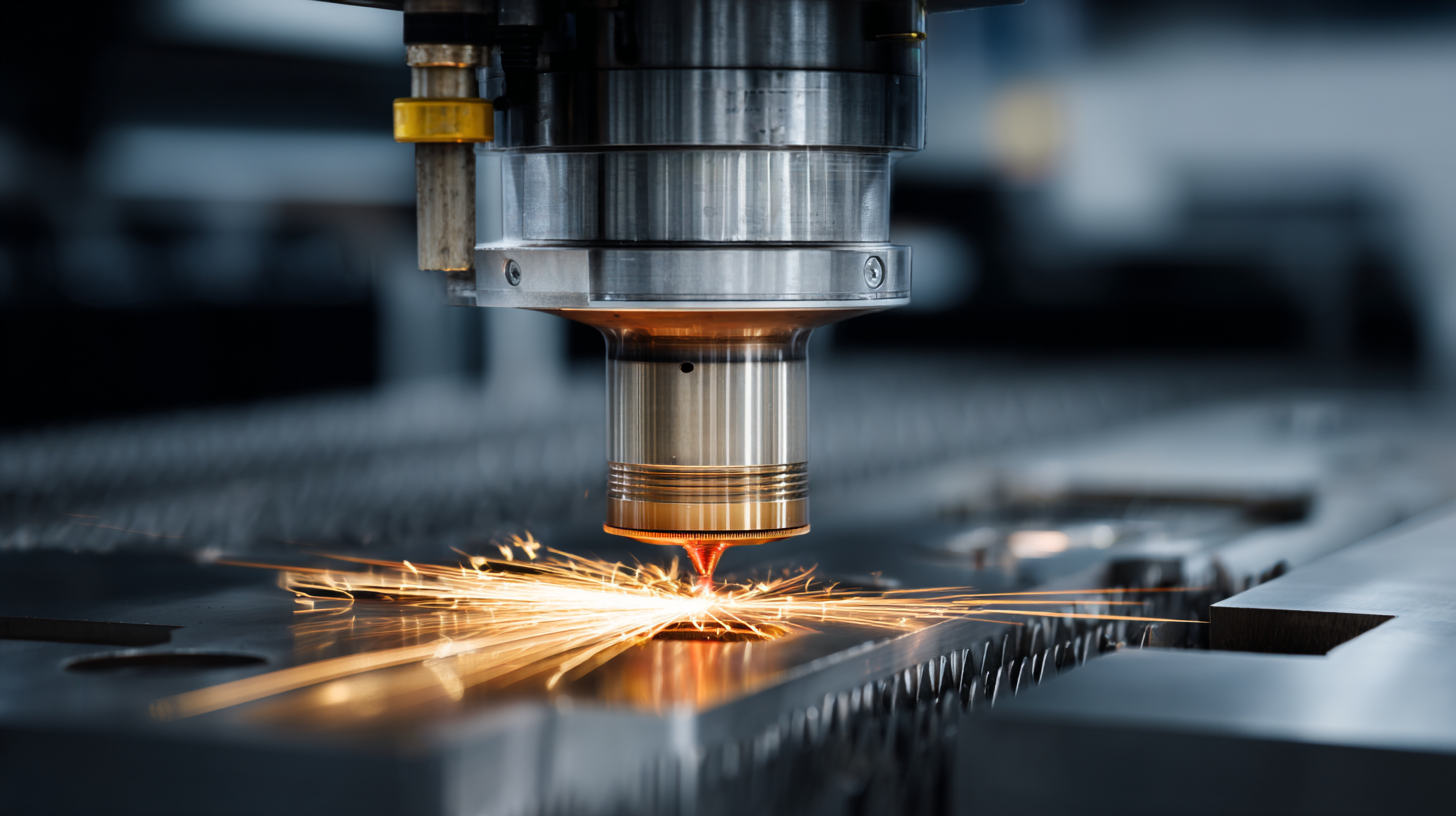
Environmental Benefits of Laser Machining Compared to Conventional Methods
Laser machining has emerged as a transformative technology in the manufacturing sector, offering significant environmental benefits compared to traditional methods. One of the primary advantages of laser machining is its precision and efficiency, which leads to reduced material waste. Unlike conventional machining that often involves cutting away large amounts of material, laser systems focus on the specific areas that require modification, ensuring that less excess is generated. This targeted approach not only conserves resources but also diminishes the environmental footprint of manufacturing activities.
Additionally, the energy consumption of laser machining is generally lower than that of conventional techniques. Laser systems are designed to be highly efficient, allowing for quicker processing times and reduced operational costs. Furthermore, advancements in laser technology have enabled the use of cleaner energy sources, further minimizing the carbon emissions associated with manufacturing processes. As industries continue to prioritize sustainability, the adoption of laser machining presents a promising pathway toward greener manufacturing practices, ultimately supporting efforts to combat climate change while maintaining high standards of production quality and efficiency.
Related Posts
-
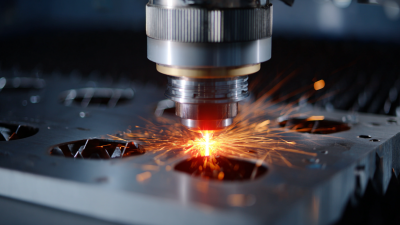
Exploring Laser Machining Innovations at China Import and Export Fair 2025
-
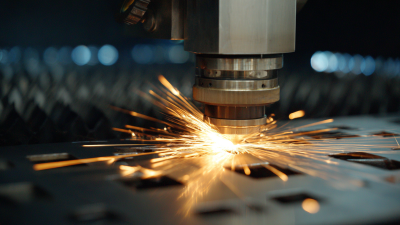
The Future of Manufacturing with Metal Laser Cutting Technology Explained
-
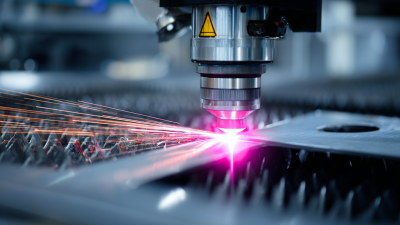
Emerging Trends in Stainless Steel Laser Cutting Technologies at the 138th Canton Fair 2025 in China
-
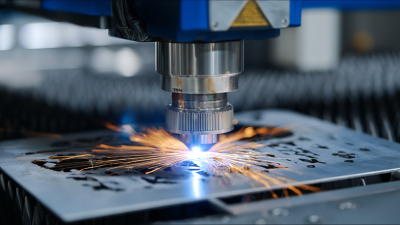
Exploring Laser CNC Innovations at the 2025 China 138th Import and Export Fair
-
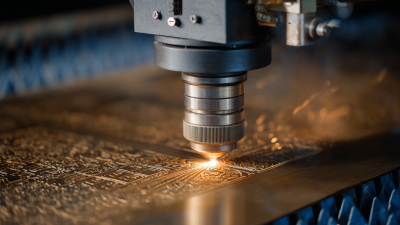
Exploring Market Trends: Stainless Steel Laser Engraving at the 138th Canton Fair 2025
-

Unlocking the Power of Laser Etching in Modern Manufacturing

